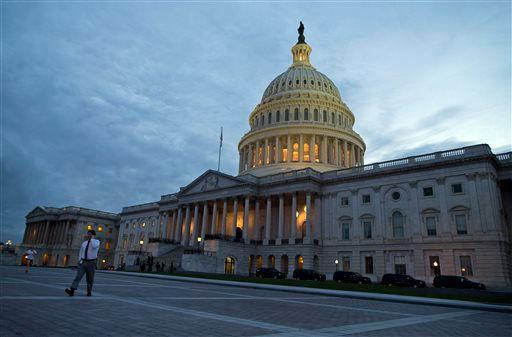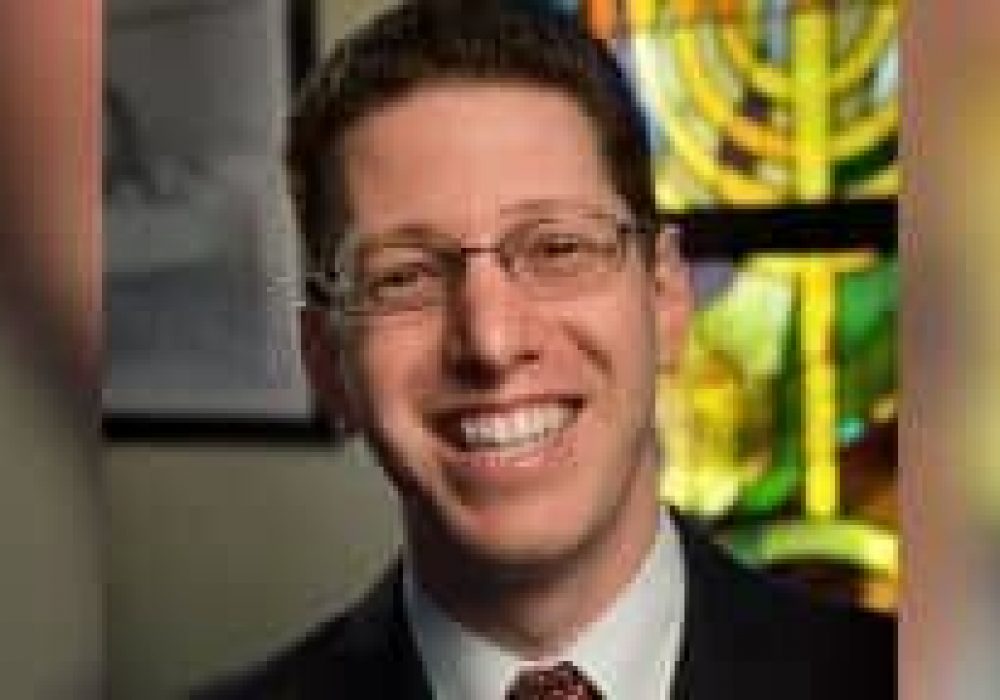
The recently released US Secret Service analysis, Protecting America’s Schools: A U.S. Secret Service Analysis of Targeted School Violence, examines 41 targeted school violence incidents that occurred between 2008 – 2017. Their analysis cites a chilling reality: nearly all of these could have been prevented.
This report provides us with an in-depth analysis of each of the 41 cases including shooter profiles, mental health, and law enforcement and non-law enforcement responses. All 35 pages of the report are a grim reminder that school shootings are now something that teachers must plan and prepare for along with their lesson plans.
It is filled with statistics, charts, and graphs that all paint the picture that school violence is no longer defined by a singular event like Columbine. Instead, these mass tragedies can strike in any community. Some of the facts are not surprising, like the fact that nearly every case ended in less than 5 minutes (even though it must feel like an eternity to those experiencing it or to the parents waiting to hear if their child is safe). But other key data points are surprising.
How Did We Miss the Signs?
According to the report, in 80% of the cases, “Someone observed a threatening communication or behavior but did not act.” The Secret Service concluded that, “These findings continue to highlight the importance of encouraging students, school staff, and family members to report troubling or concerning behavior.”
Colorado established a statewide reporting program called Safe2TellTM. During the 2018-2019 school year, Safe2Tell received 19,861 tips. Each of these were analyzed by the Colorado Information Analysis Center (CIAC) and then disseminated to schools and local law enforcement as appropriate. Reporting platforms like Safe2Tell are becoming an integral component of threat analysis and complimentary security for campuses.
Seconds Matter
Another interesting fact that came out of the report is that most of the attacks ended quickly (less than 5 minutes), and law enforcement rarely had the opportunity to intervene before harm was caused to students and staff.
The Secret Service concluded that of the 41 cases in the report, “Non-law enforcement adult school staff brought nine (22%) of the attacks to an end (before law enforcement intervention)”. By contrast, law enforcement already on campus at the time of the attacks only intervened in six (15%) of the cases. “No attacks were ended by law enforcement agencies responding from off campus.” according to the report.
More interesting is that in 66% of the cases, “A school officer or SRO was assigned to the school in either a full- or part- time basis”. And in 12 cases (29%), “The SRO was able to respond to the scene within one minute or less.”
This truly shows that during an active shooter situation, Seconds Matter. The better trained, equipped, and prepared schools and local law enforcement are to respond, the greater chance of survival for all involved.
Reference: National Threat Assessment Center. (2019). Protecting America’s Schools: A U.S. Secret Service Analysis of
Targeted School Violence. U.S. Secret Service, Department of Homeland Security.










